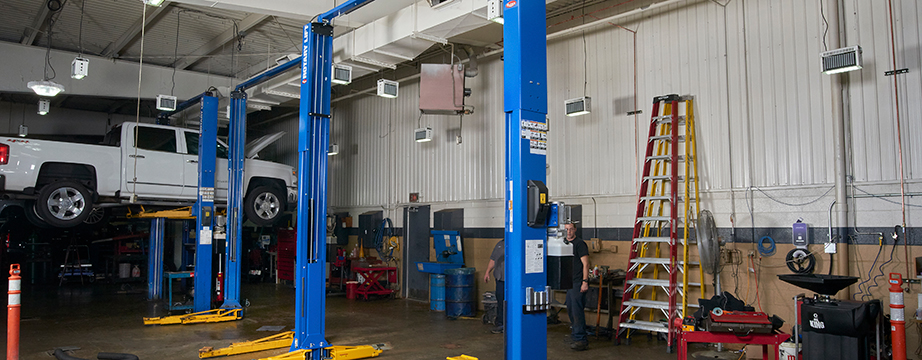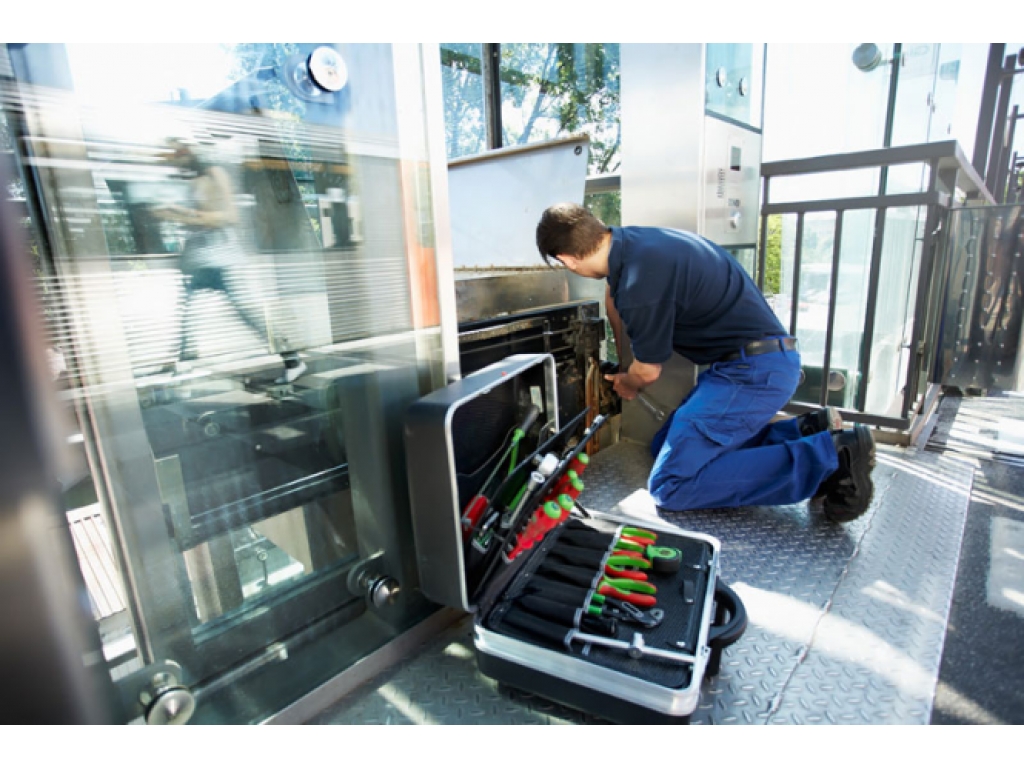Recognizing System Lift Capacities: Crucial for Effective Lift Service
Recognizing System Lift Capacities: Crucial for Effective Lift Service
Blog Article
Lift Maintenance Repair
Elevator Suite Britannia Street Tividale B69 2PG
01926 266127
A Thorough Strategy to Enhancing Efficiency Through Strategic Lift Repair Work Approaches
A strategic and methodical strategy to raise repair work and maintenance is imperative to make best use of efficiency and reduce downtime. By dealing with common lift problems, executing proactive maintenance steps, and creating targeted repair work plans, facilities can maximize their lift systems to operate at peak performance degrees.
Value of Lift Performance Optimization
Comprehending the significance of maximizing lift efficiency is essential for making sure dependable and reliable upright transportation systems in different structures and frameworks. Lifts are vital parts of modern infrastructure, providing upright movement for residents and products within structures of differing heights. By enhancing lift efficiency, building proprietors and facility supervisors can boost user experience, enhance energy effectiveness, and boost overall functional performance.
Effective lift efficiency optimization entails various aspects, including speed, ability, energy upkeep, safety and security, and usage needs. Correctly maximized lifts can lower wait times for users, specifically in high-traffic structures, leading to enhanced complete satisfaction and productivity. Additionally, enhanced lifts add to power financial savings by using innovative control systems and technologies that minimize power consumption without endangering efficiency.

Identifying Common Lift Issues
Determining typical lift concerns is essential for maintaining the operational efficiency and safety of vertical transportation systems in buildings. This problem can be a sign of issues with the lift's motor, control system, or also the placement of the lift automobile.
An additional widespread lift concern is strange noises emanating from the lift shaft or equipment room. These noises can vary from grinding or scraping sounds to loud clunking noises, every one of which might indicate underlying mechanical problems that need prompt attention. Additionally, frequent door breakdowns, such as doors not opening up or closing appropriately, can interfere with the smooth circulation of travelers and position safety threats.
Implementing Aggressive Maintenance Measures
To maximize the efficiency and long life of lift systems, positive maintenance measures play a crucial role in ensuring functional dependability and security. lift breakdown. Implementing positive upkeep involves systematically evaluating, maintenance, and repairing components prior to they fail, therefore avoiding expensive downtime and potential security risks. Frequently scheduled inspections can help recognize small problems before they rise into significant problems, eventually extending the life-span of lift systems
One key facet of aggressive maintenance is developing a comprehensive upkeep routine based upon maker suggestions and industry finest practices. This routine needs to lay out jobs such as lubrication, placement checks, and component substitutes at defined periods. Additionally, applying condition tracking strategies, such as vibration evaluation and thermal imaging, can help find early indications of wear or breakdown.
Additionally, training maintenance staff on proper examination techniques and preventive maintenance procedures is necessary for the effective implementation of positive upkeep procedures. By fostering a culture of positive upkeep within a company, lift read this article systems can run at peak performance degrees, reducing interruptions and making sure the safety and security of customers.
Developing Targeted Repair Work Plans
Upon analyzing the upkeep documents and efficiency information, the design group can create targeted fixing strategies to maximize and resolve certain problems lift system performance. These repair work strategies are customized to the identified issues, making certain that resources are concentrated on settling important issues successfully. By prioritizing repair work based on their effect on performance and safety, the targeted repair strategies assist lessen downtime and upkeep expenses while making best use of the lift system's integrity.
Developing these plans involves a detailed analysis of the lift system components, consisting of electric motors, wires, brakes, and control systems. With this detailed analysis, the engineering group can identify the origin of any kind of breakdowns or deterioration in performance. This information is then utilized to develop a roadmap for the fixing process, detailing the necessary steps, timeline, and resources called for to deal with each concern properly.
Additionally, targeted repair strategies might include preventative steps to improve the lift system's longevity and performance. By proactively dealing with potential problems prior to they rise, these plans add to the total effectiveness and safety of the lift system.
Using Data-Driven Insights
Harnessing the power of data-driven understandings is crucial in optimizing lift system efficiency and maintenance efficiency. These predictive maintenance strategies aid protect against unanticipated failures, lower downtime, and expand the lifespan of lift systems.

Final Thought
To conclude, enhancing lift efficiency is critical for ensuring efficiency and security in structures. By recognizing usual lift concerns, applying positive upkeep actions, creating targeted fixing strategies, and making use of data-driven insights, organizations can enhance performance and minimize downtime. It is necessary to take a comprehensive technique to lift repair work techniques to make the most of operational performance and make certain the long life of lift systems.
By attending to typical lift issues, implementing positive maintenance actions, and creating targeted repair service plans, centers can maximize their lift systems to run at peak performance levels.An additional common lift issue is unusual sounds rising from the lift shaft or equipment space.Upon evaluating the upkeep records and performance data, the design group can create targeted repair work strategies to resolve these details certain problems and maximize lift system capability. By focusing on repair work based on their effect on performance and security, the targeted fixing strategies aid lessen downtime and upkeep prices while making the most of click over here the lift system's dependability.
It is vital to take a thorough strategy to raise fixing strategies to take full advantage of operational efficiency and ensure the durability of lift systems.
Report this page